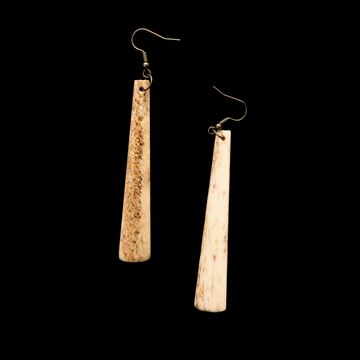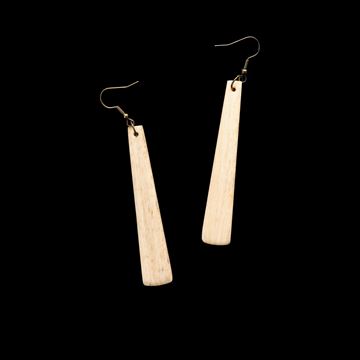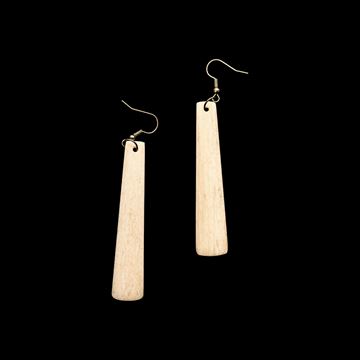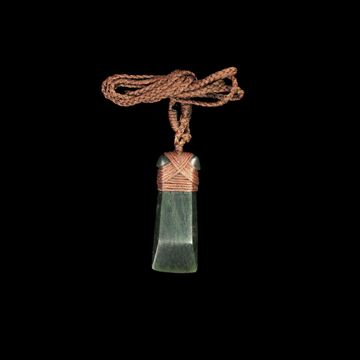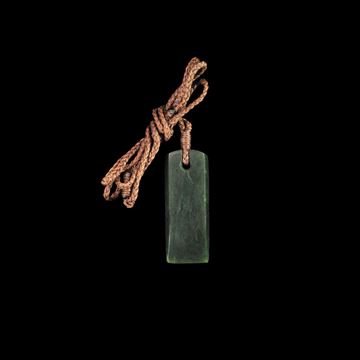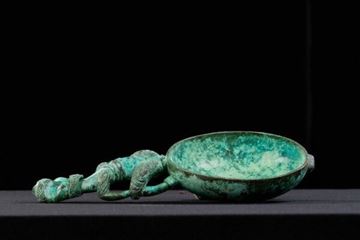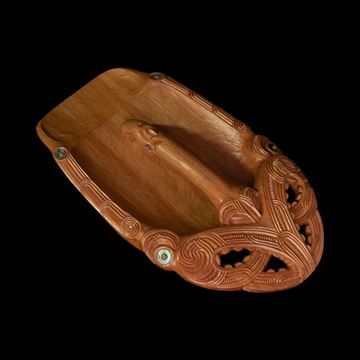
Āhua Gallery
Select Subcategory
Toki Earrings - 5700RH
Toki earrings (or drop earrings) are designed to suspend from the bottom of the earlobes. The length varies from a centimetre or two, all the way to brushing the wearer's shoulders.
Material: Parāoa (Whalebone)
Measurements: 75mm x 15mm x 3mm
$490.00
Toki Earrings - 5699RH
Toki earrings (or drop earrings) are designed to suspend from the bottom of the earlobes. The length varies from a centimetre or two, all the way to brushing the wearer's shoulders.
Material: Parāoa (Whalebone)
Measurements: 67mm x 13mm x 3mm
$490.00
Toki Earrings - 5698RH
Toki earrings (or drop earrings) are designed to suspend from the bottom of the earlobes. The length varies from a centimetre or two, all the way to brushing the wearer's shoulders.
Material: Parāoa (Whalebone)
Measurements: 66mm x 14mm x 4mm
$490.00
Toki - 6180KH
The toki pendent is based on the form of the carving chisel used in whakairo (Māori carving).
Material: Pounamu (Kawakawa)
Measurements: 50mm x 19mm x 7mm
$490.00
Toki - 6179KH
The toki pendent is based on the form of the carving chisel used in whakairo (Māori carving).
Material: Pounamu (Kawakawa)
Measurements: 50mm x 19mm x 6mm
$450.00
Toki - 5523IA
The toki pendent is based on the form of the carving chisel used in whakairo (Māori carving).
Material: Onewa (NZ Greywacke)
Measurements: 53mm x 11mm x 7mm
$320.00
Tīheru (Bailer) - 4793GM
Often the bailer (tatā, tīheru or tā wai) was beautifully carved and some were given a name. In canoe traditions, tribal members still name the bailers used on the original voyaging canoes from Polynesia.
Material: Tōtara
Measurements: 180mm x 300mm x 50mm
$9,900.00

